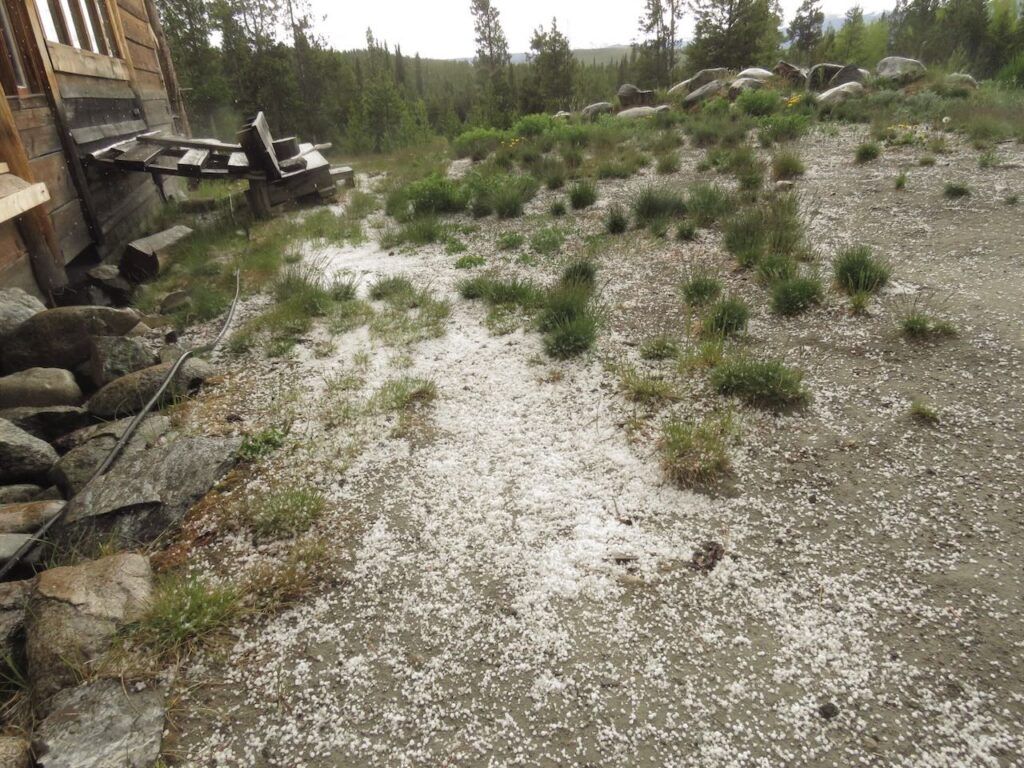Our deciduous trees are without leaves for nearly 8 months of the year. The first hint of spring green was visible from my window on May 11th. A lot earlier than it used to be.
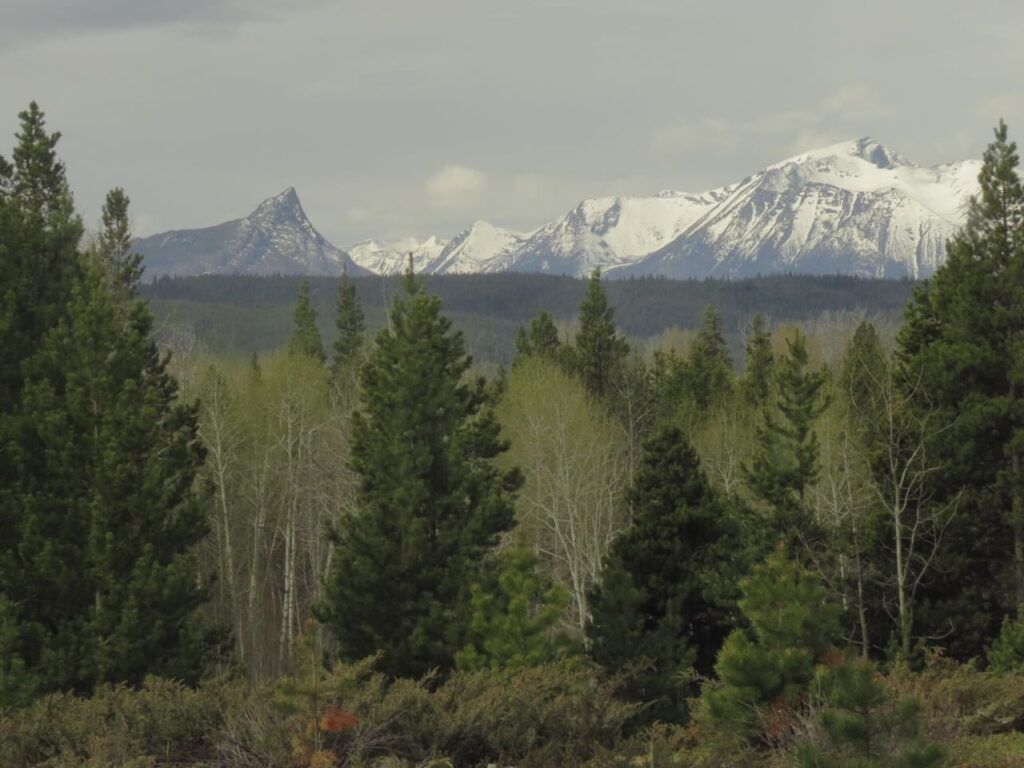
After such a mild winter we now had a cold spring.
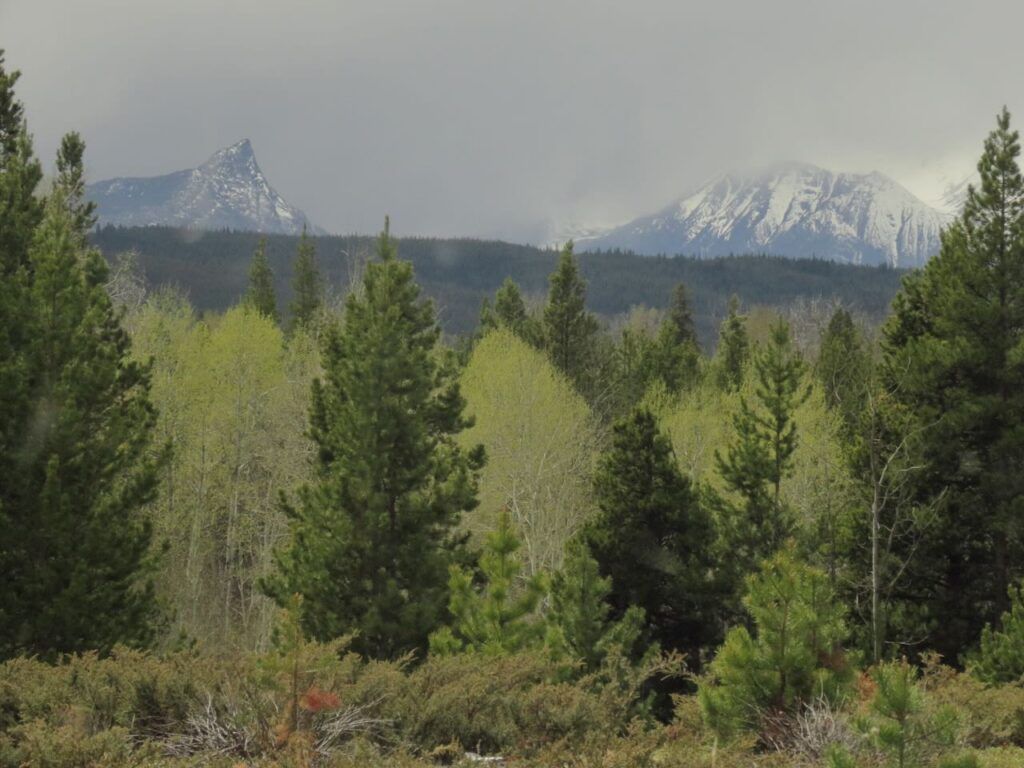
I was struggling to get the garden in, but a rare sunny day took me out to see that incomparible green of new leaves.
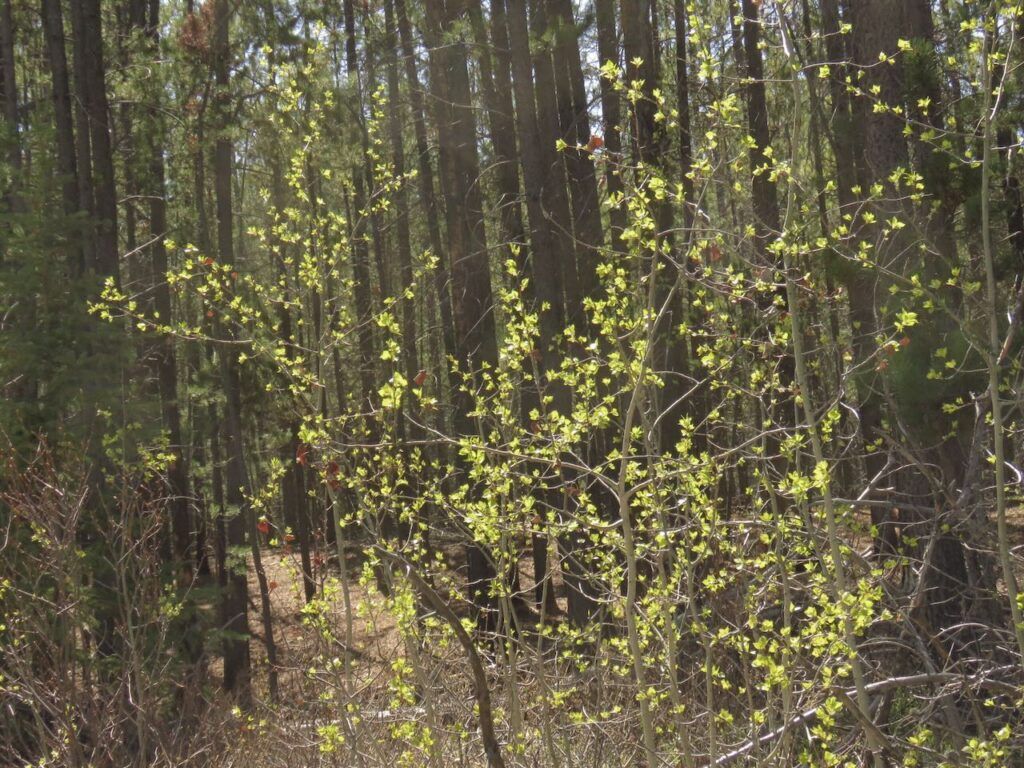
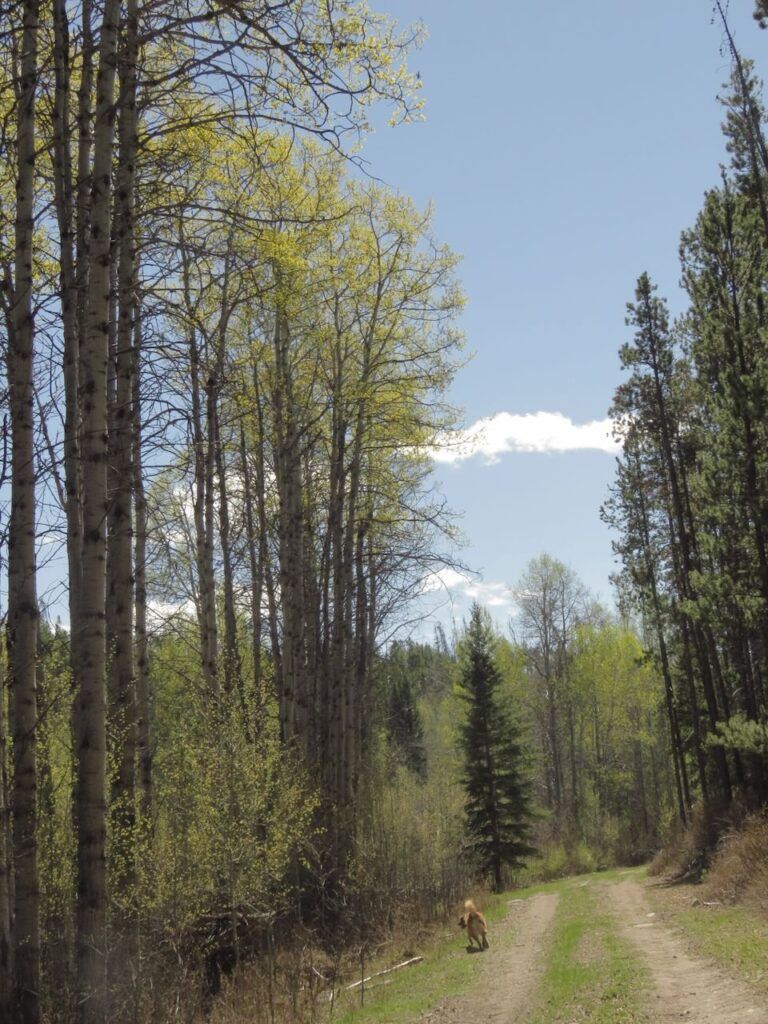
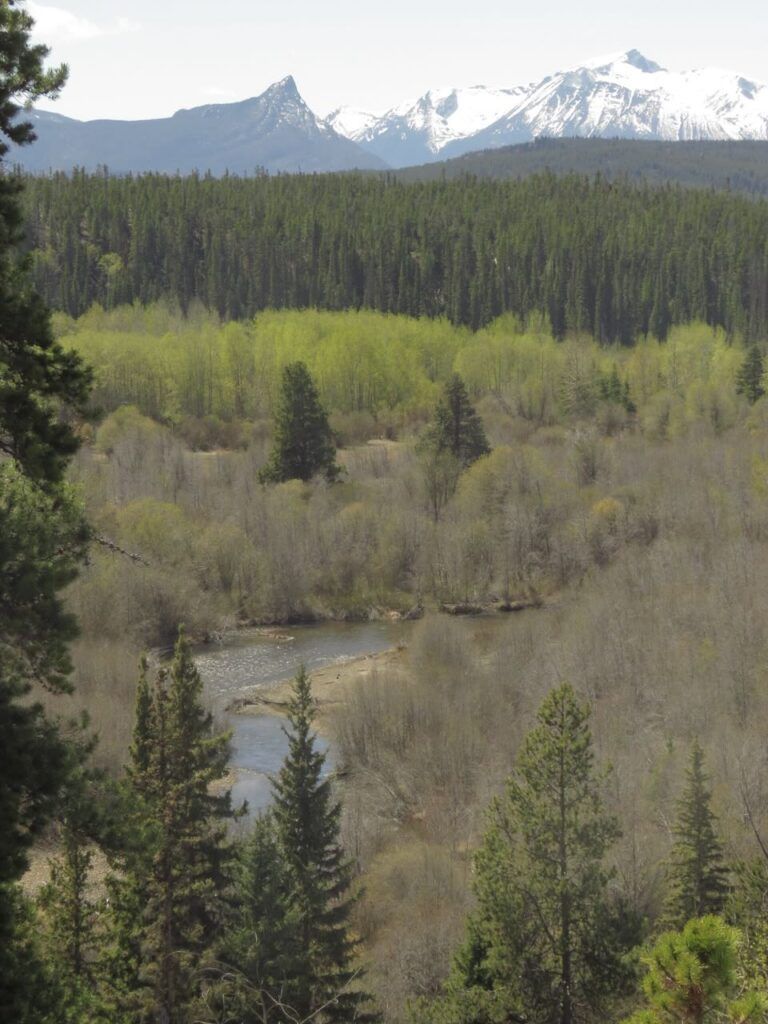
I was standing on sand dunes to take the picture above, and nearby was the first Jacob’s ladder. It used to be abundant then, after a very dry year, almost died out. This year there is quite a show at this elevation, let’s hope the plants in the alpine are coming back as well.
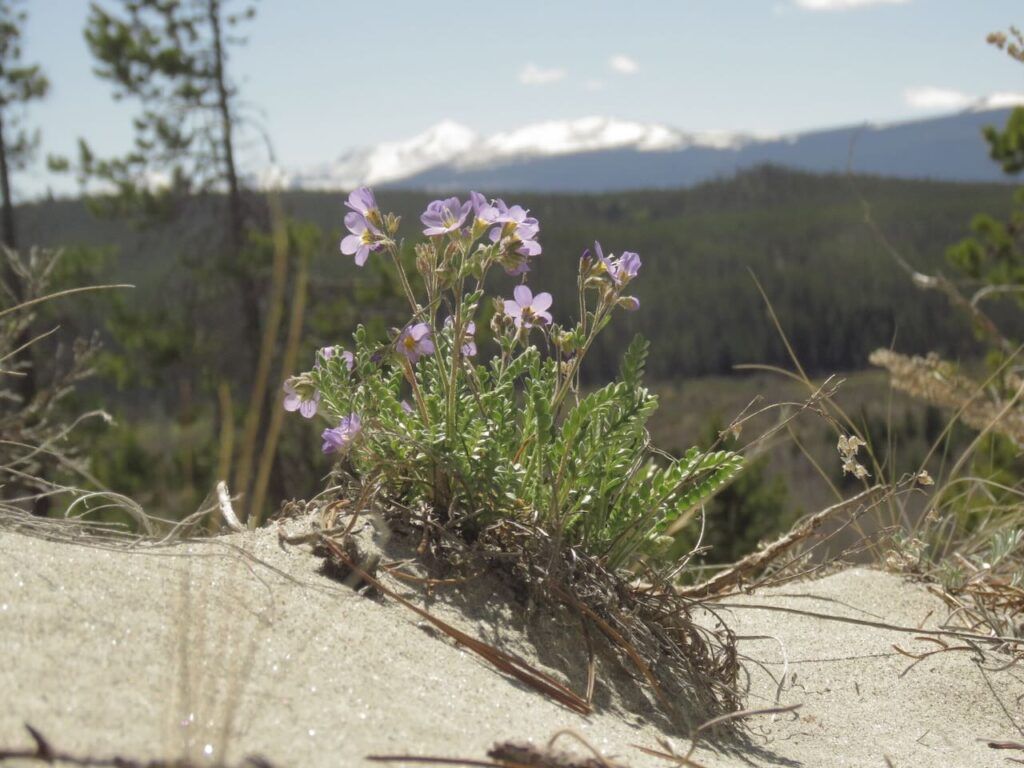
There are multiple ponds and small lakes in this area. One presented what I think is a solitary sandpiper.
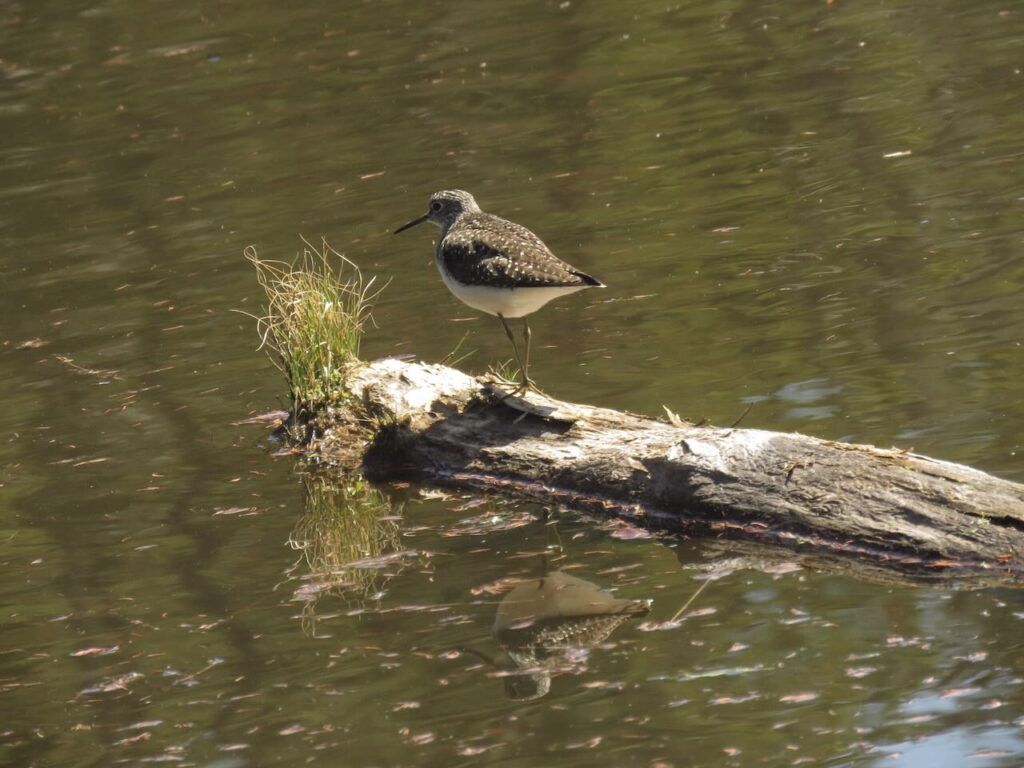
Another housed a female Barrow’s goldeneye.
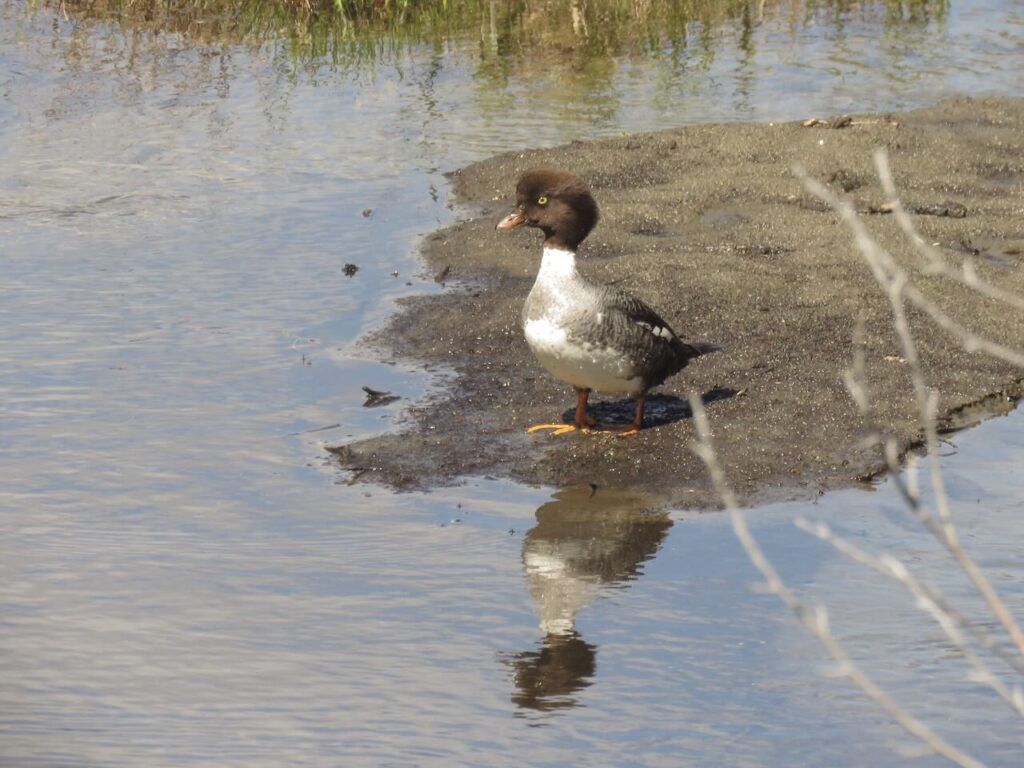
Cottonwood leaves
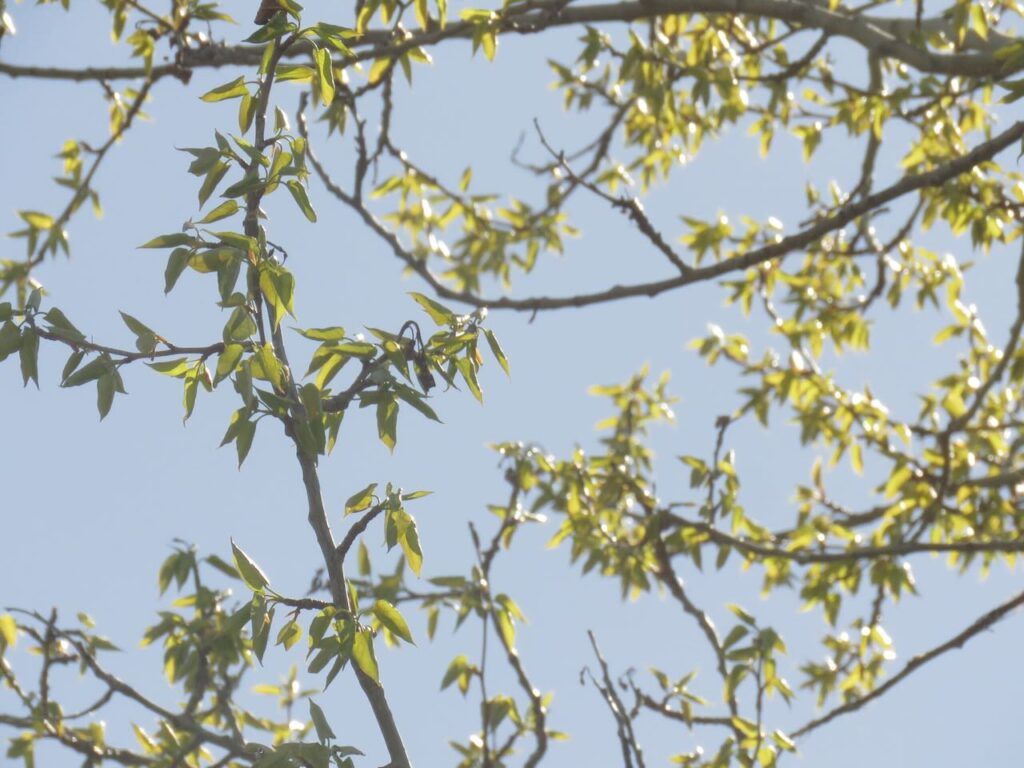
My windowsill garden is doing really well this year. The dark tall plant in the centre is a beet! I plant a few in the fall so I can eat the leaves throughout the winter. This one is putting up a gigantic flower stalk.
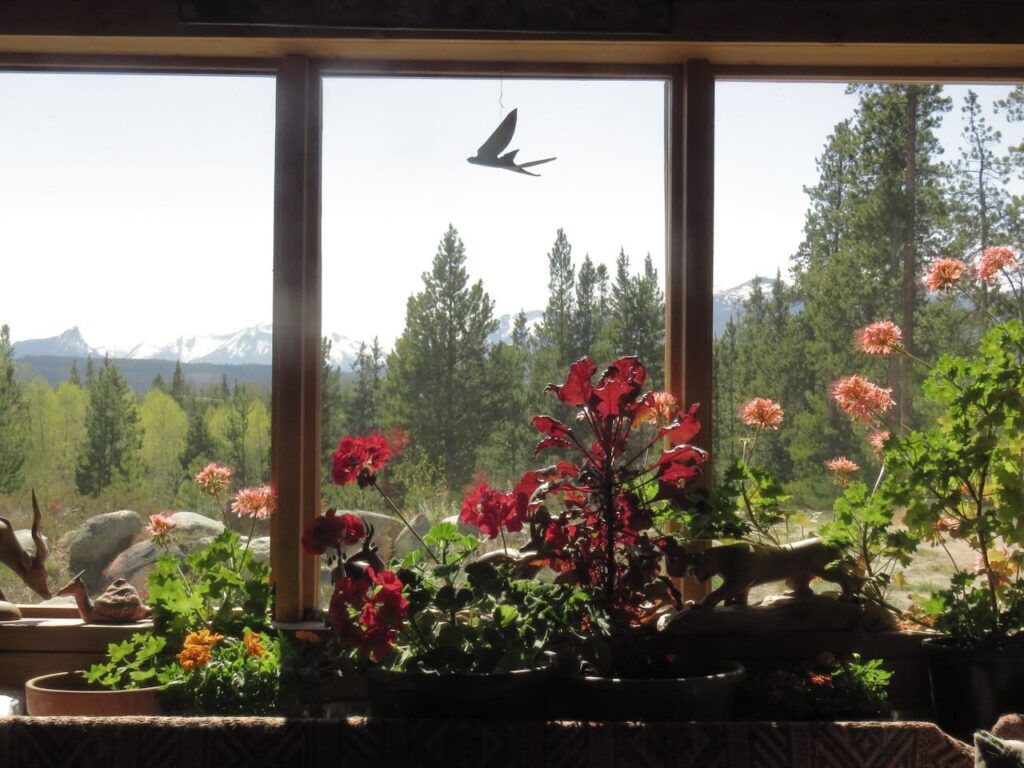
Another trip to town. This one to take my truck to “the vet” for a service. An interesting sunrise en route. The light column shows there are ice crystals in the sky.
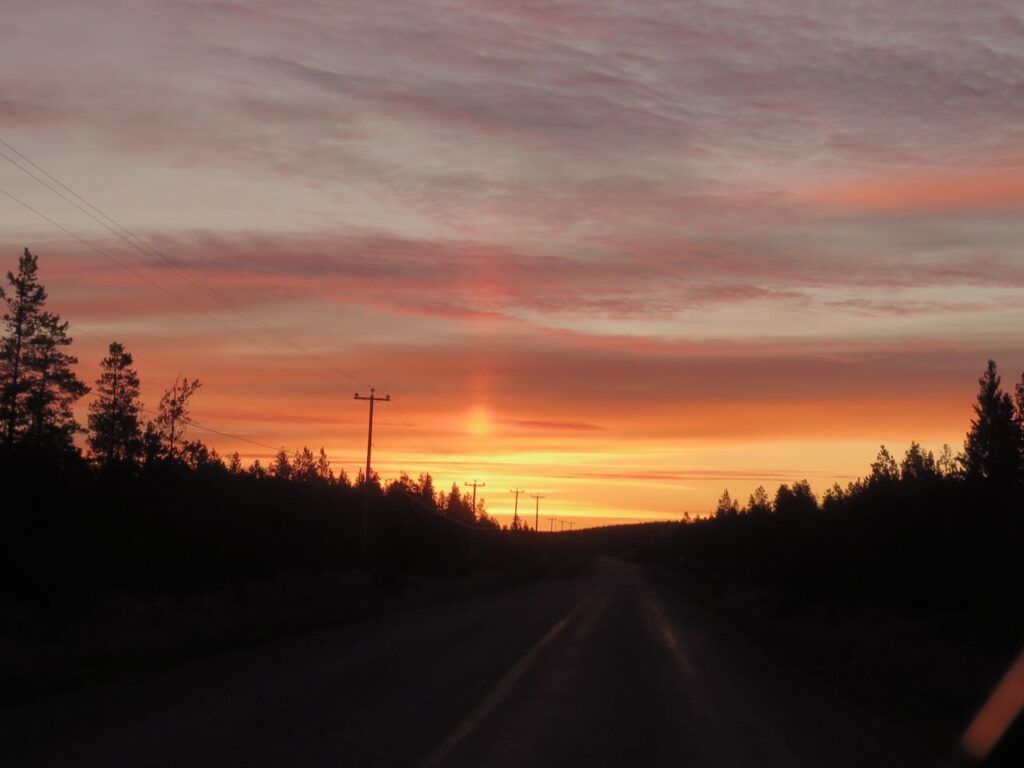
Looking back towards home.
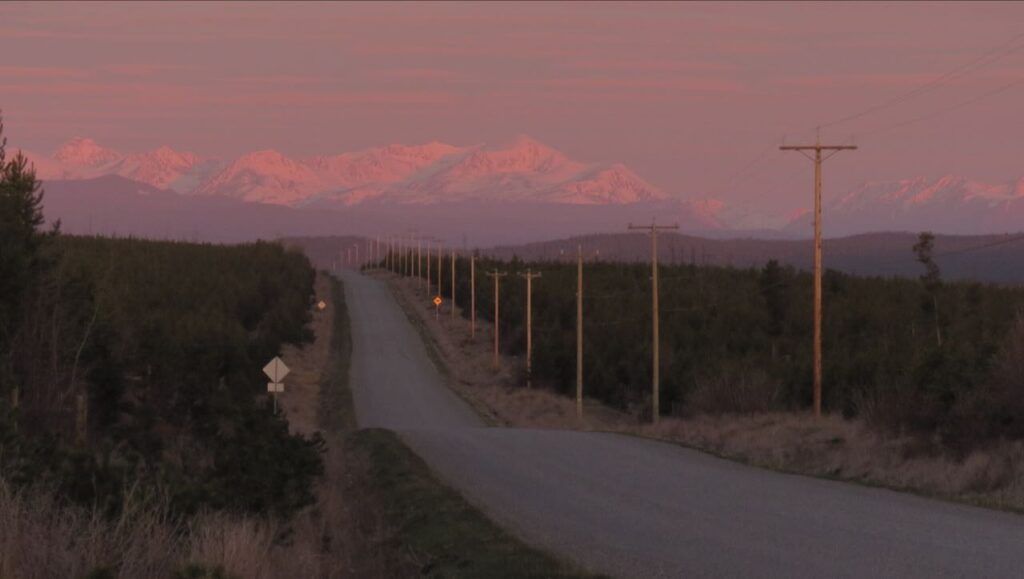
It was hot in town, 26C. But the temperature changed dramatically on the way home being only 9C and raining when I arrived. A little way out from Williams Lake was the best display of Balsam Root daisies that I have ever seen. (I forgot to take a close-up so I am linking to this website.)
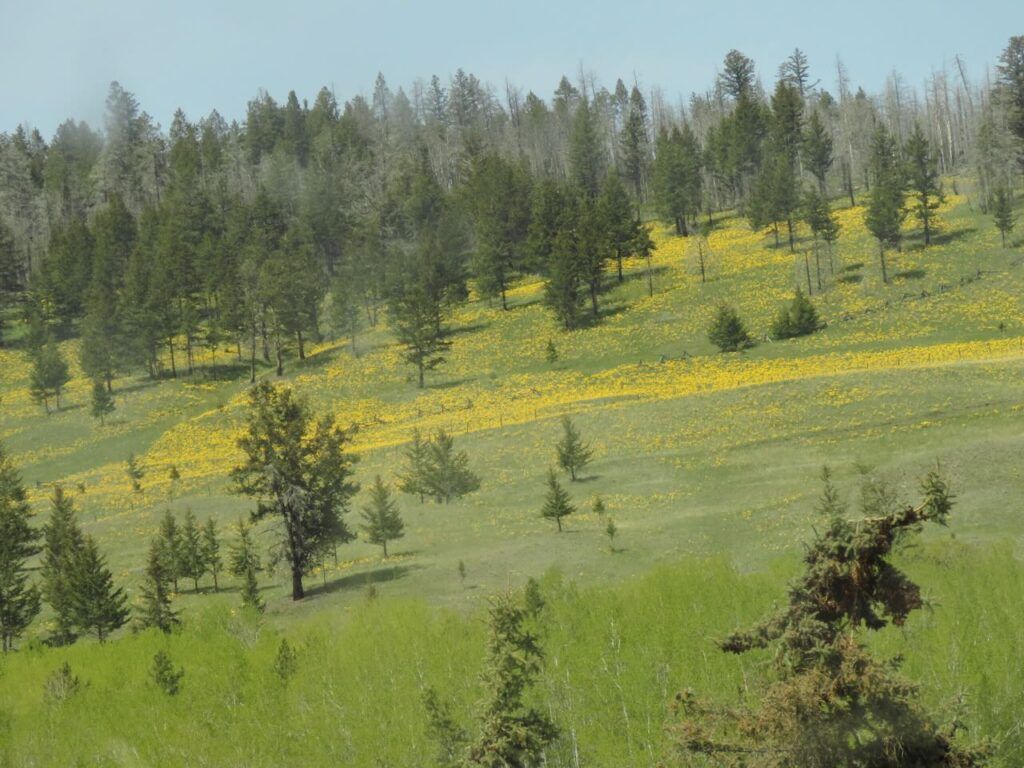
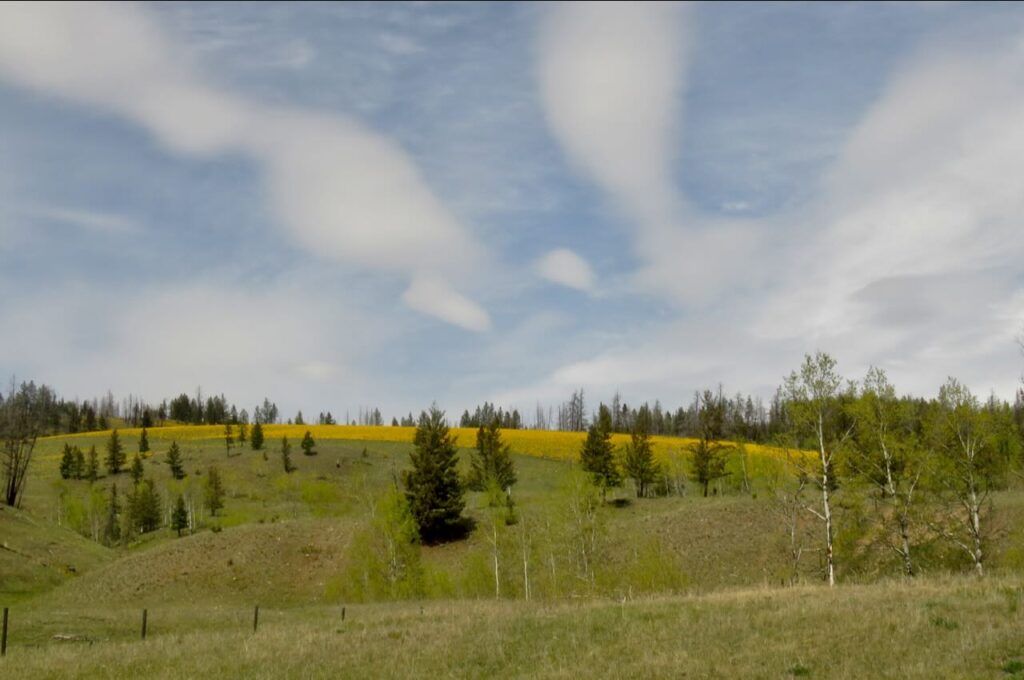
They are very edible and much liked by wildlife and domestic stock. Overgrazing destroys them, which is why the fences draw straight lines along the edges of the patches.
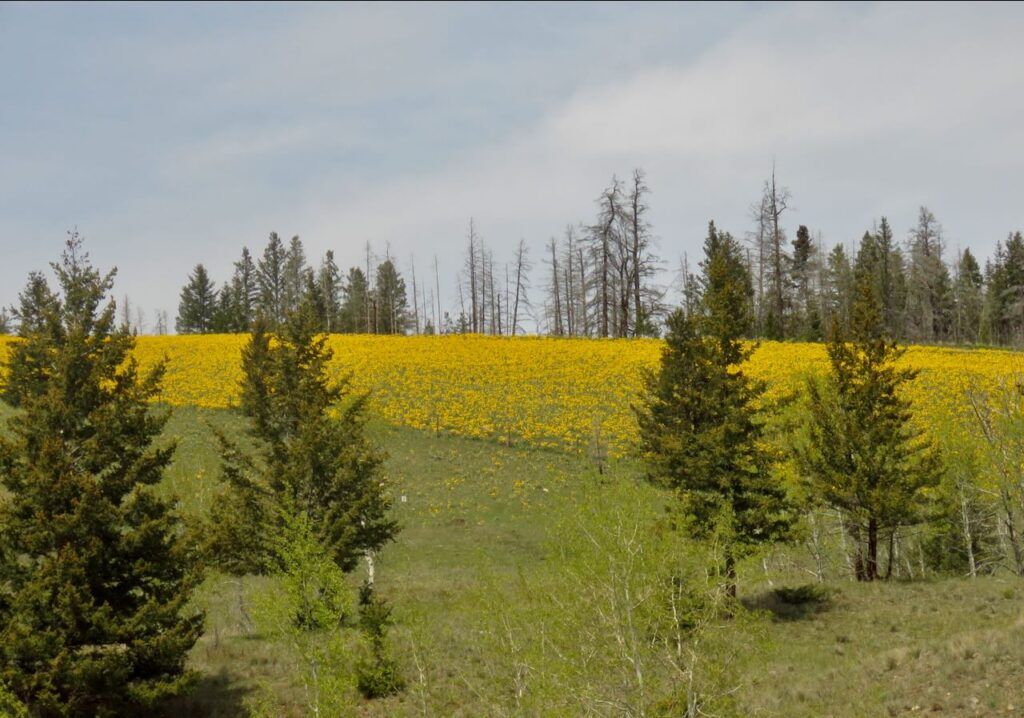
The cold spring meant the spring green colour lasted a long time. Sometimes it is over in a week. But we could enjoy it for about two and half weeks this year.
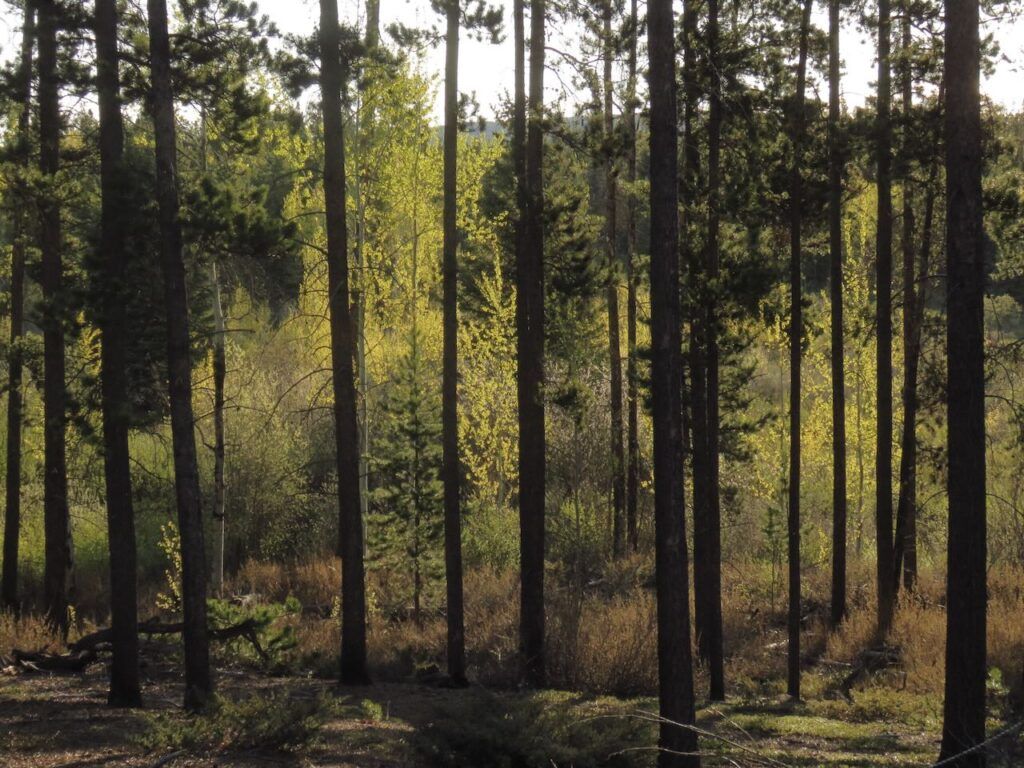
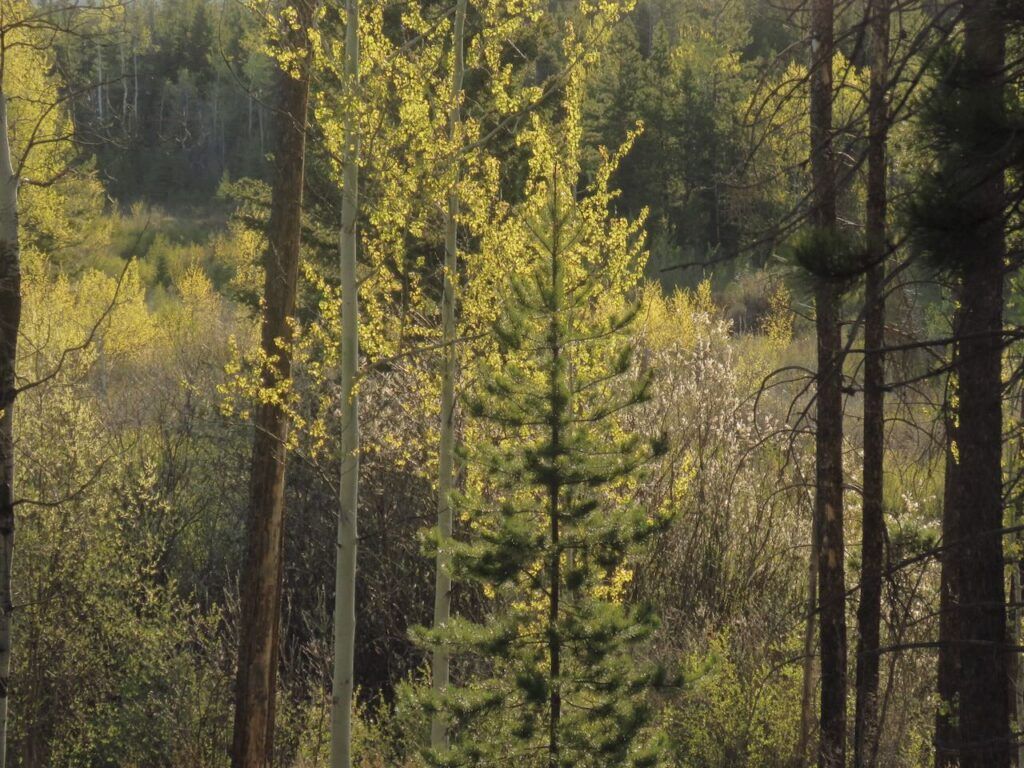
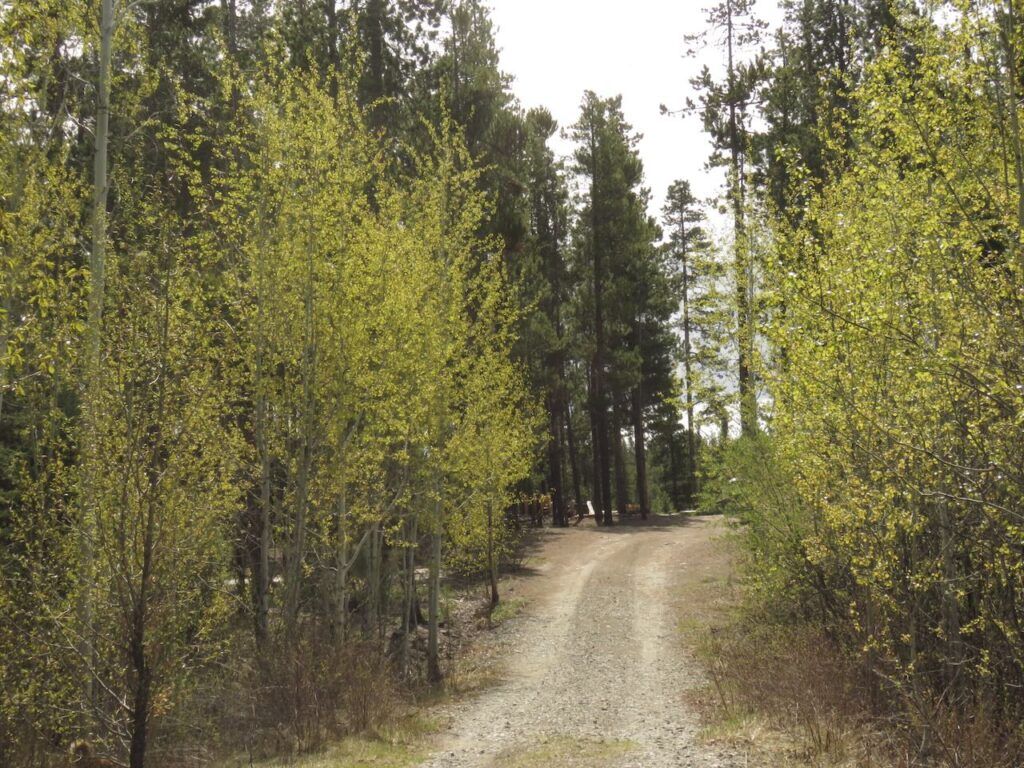
Kinnikinick came out.
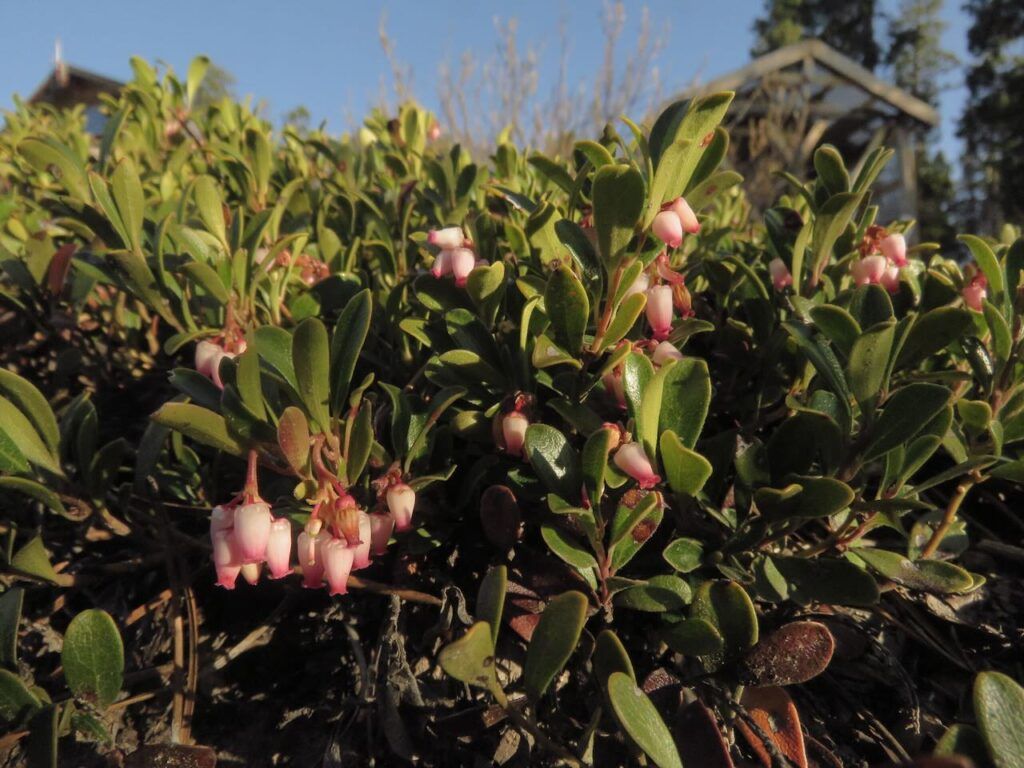
And my first garden flower appeared.
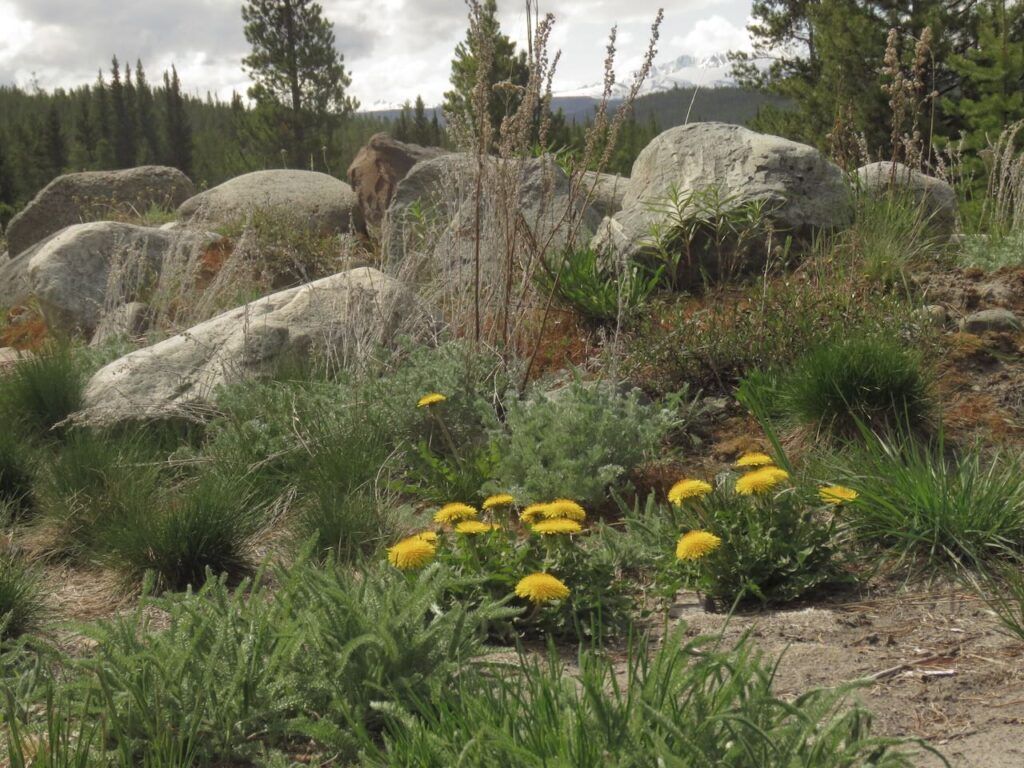
The beavers must be renting out their penthouse suite.
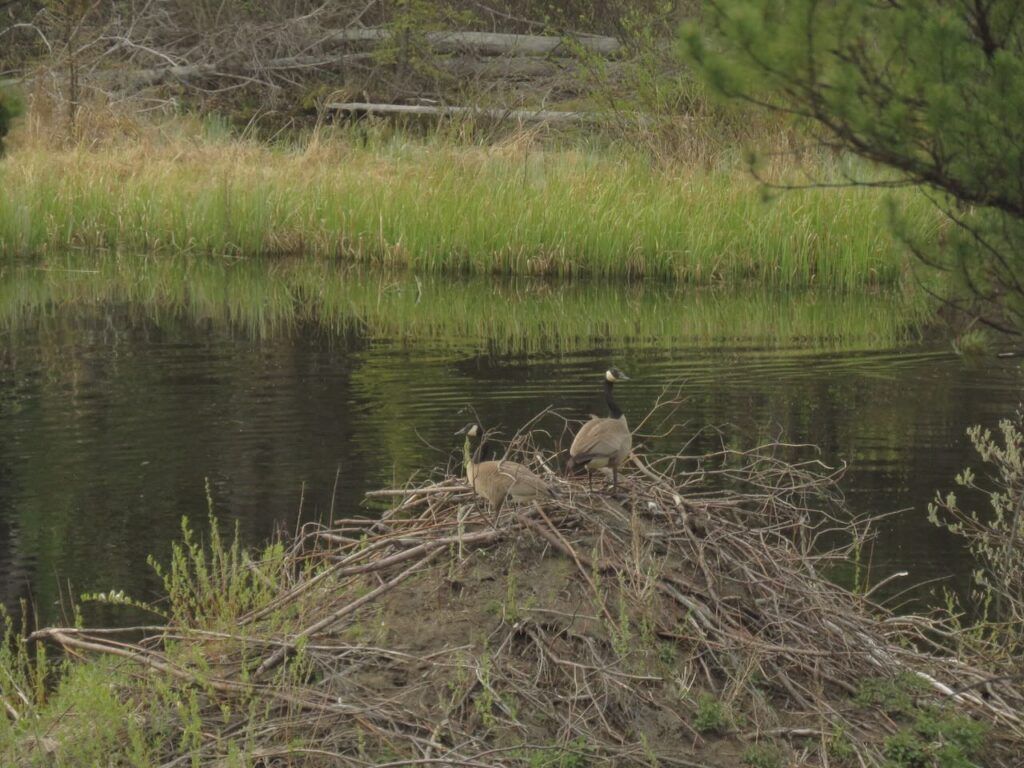
A stormy morning. (Unfortunately there is very little rain.)
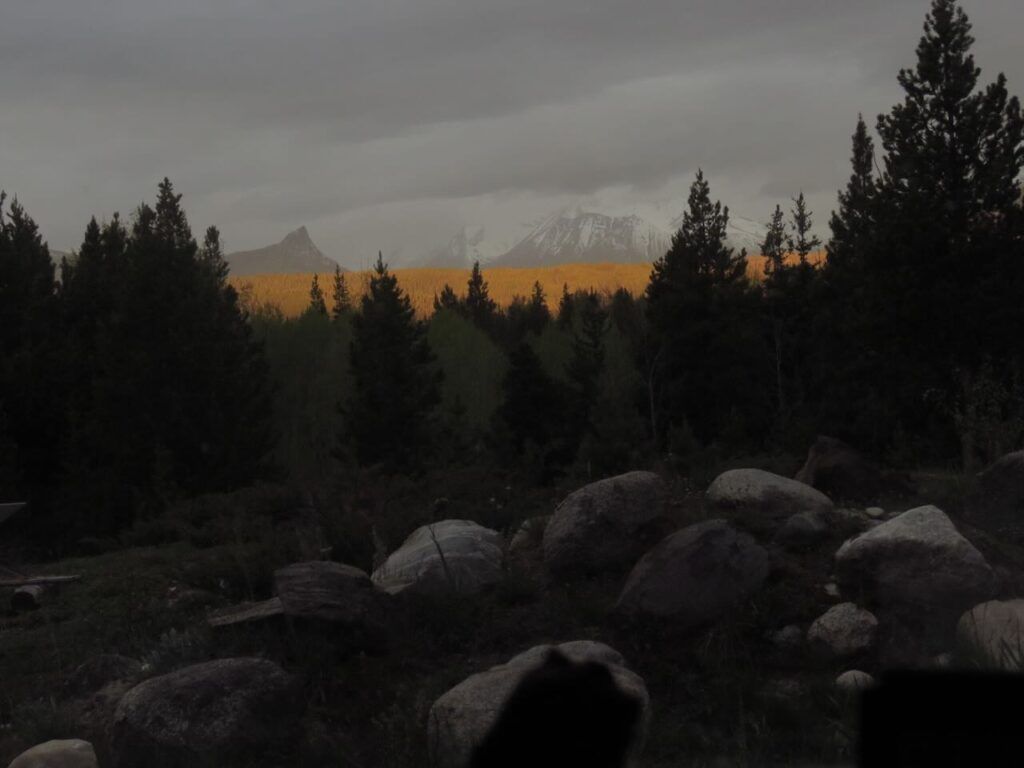
This was a beautiful day. -4C in the morning and with layered mist like the fall.
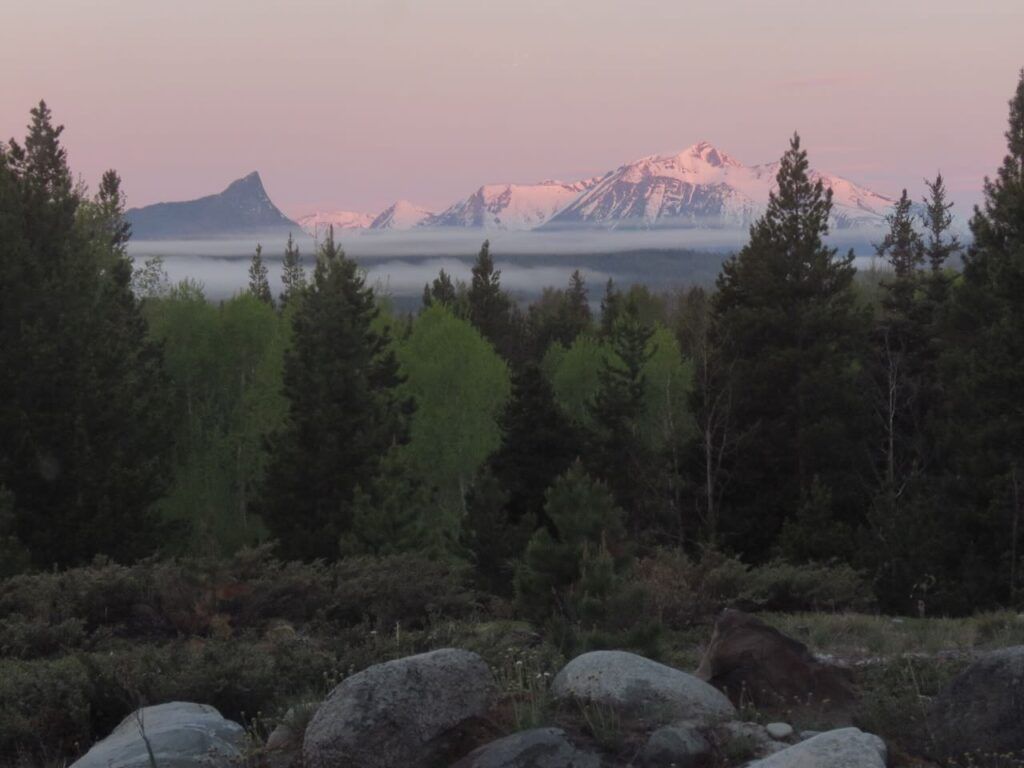
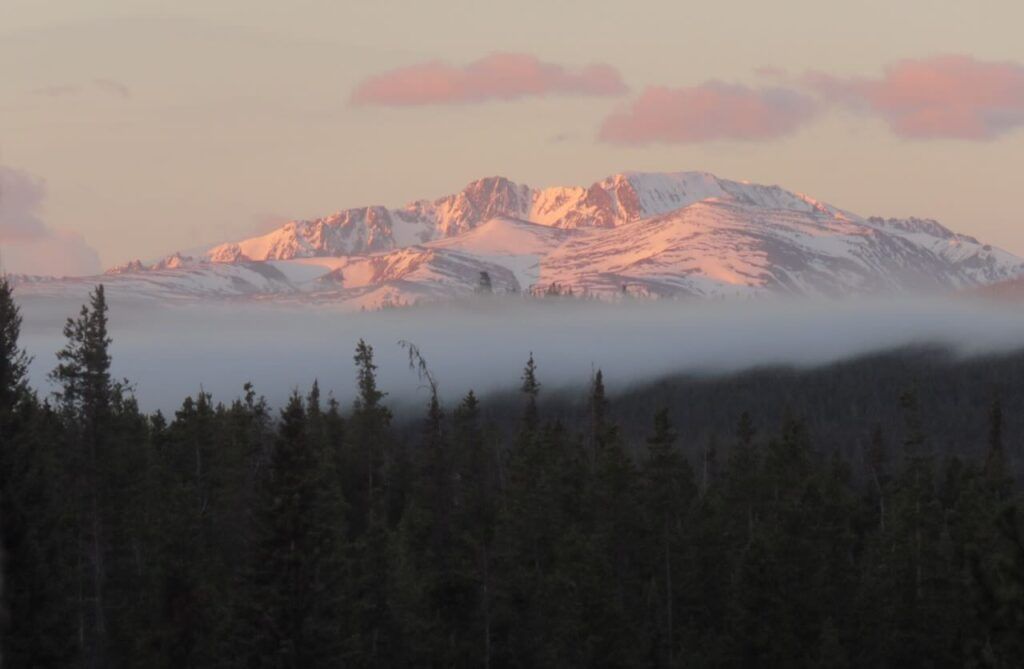
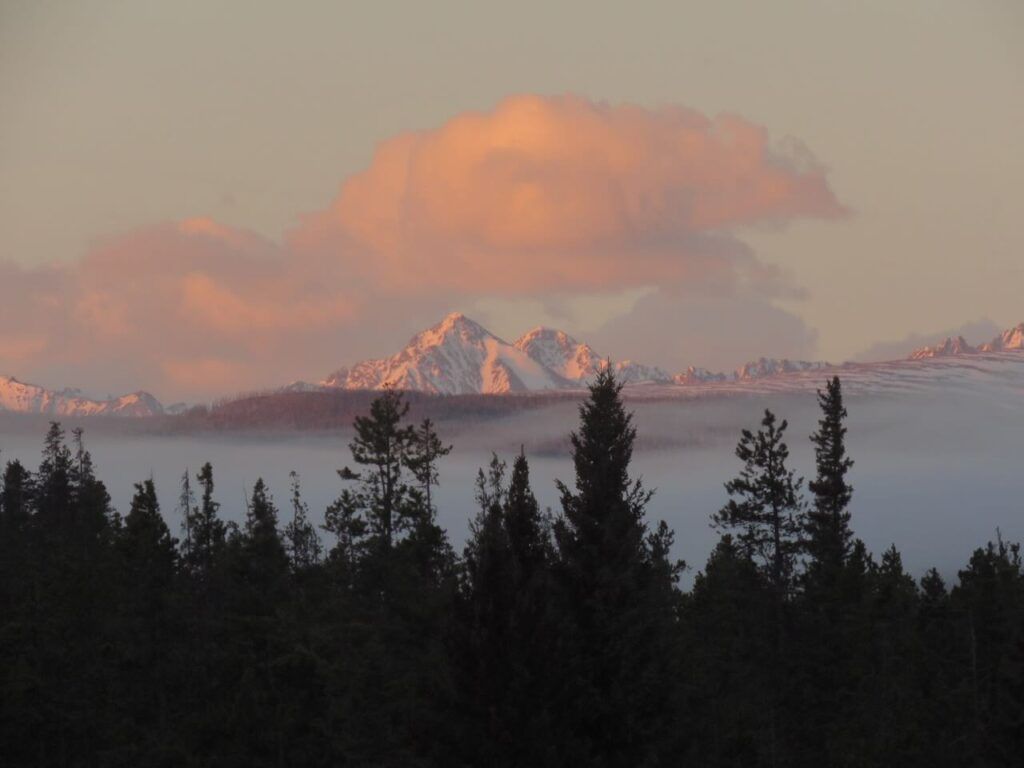
I finally got the garden planted.
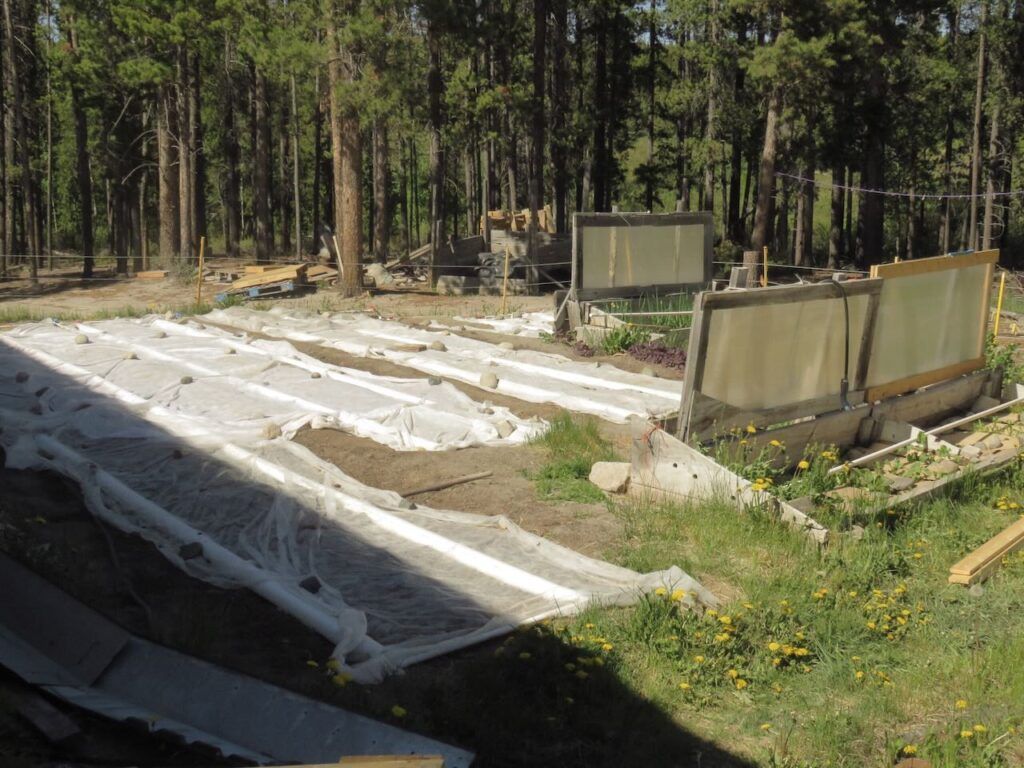
And then it hailed.
